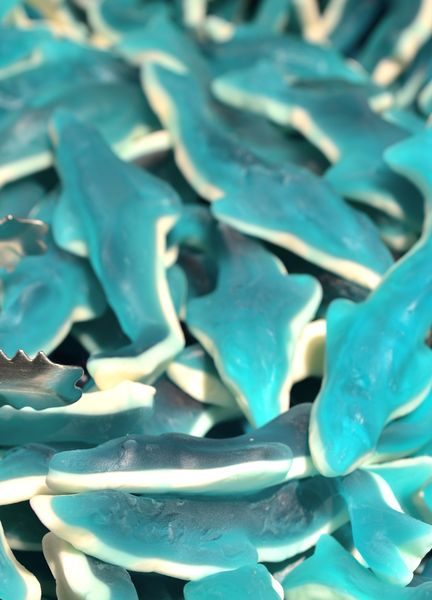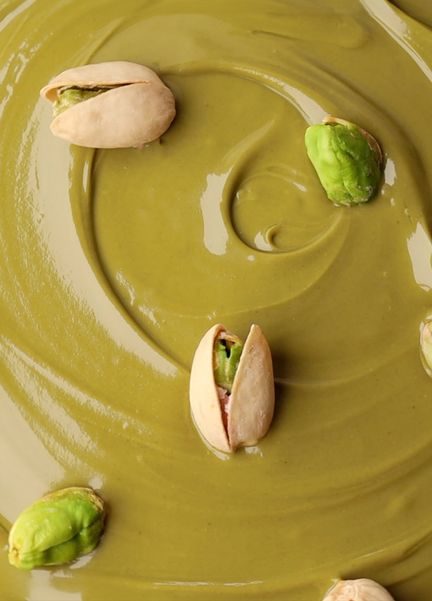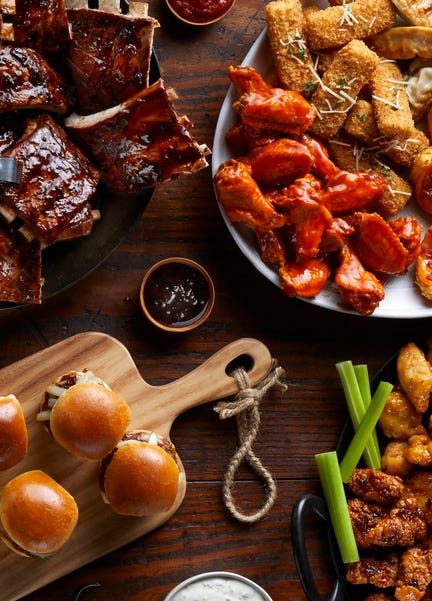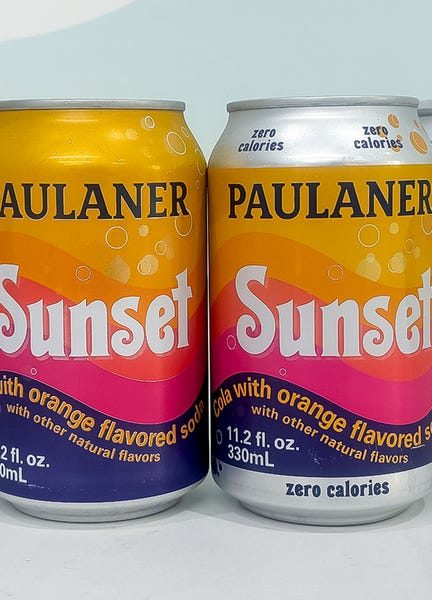As artificial food dyes are being phased out from food and drink brands across the U.S. due to crackdowns from the Department of Health, natural food dyes are replacing them. The FDA is also following suit, approving the use of gardenia blue color additive, a color derived from natural sources, in popular food and drink.
You’re probably wondering what this food dye is, what it’s made from, and, most importantly, what this means for your future snacking and sipping. According to the FDA, gardenia (genipin) blue is made from the fruit of the gardenia plant. Basically, this naturally derived compound creates a pigmented blue color that’s appealing in certain candies and drinks. The natural food dye was petitioned by, you guessed it, the Gardenia Blue Interest Group.
Once the FDA signs off on a color additive, food and beverage companies have the green light to use the said color in designated products determined by the FDA. So far, it’s unclear which food and beverage companies are already using gardenia (genipin) blue. However, the FDA approved the natural dye for use in a range of products, including sports drinks, fruit drinks and ades, flavored or enhanced carbonated water, soft candies, hard candies, and ready-to-drink teas.
If you’re concerned about gardenia (genipin) blue and other naturally derived dyes altering the taste of your favorite food and drinks, you’re not alone. Multiple reports showcase that while natural food dyes aren’t colorless (obviously, the color is what you want), they can affect the taste and texture of food and drinks.
In July, Kirk Vashaw, the head of Spangler Candy Company (which makes Dum-Dum lollipops), revealed to The New York Times that natural colors and ingredients tend to fade the color of products and change the signature taste.
In regards to his company’s naturally colored and flavored products, Varshaw said: “They have never sold well because the taste isn’t the same. Masking that taste is really, really difficult. If people are celebrating and eating treats, they don’t want to be tasting beets.”
The FDA’s approval of the natural food dye relates to the ongoing removal of petroleum-based dyes from major food brands, including Kraft Heinz, General Mills, and Nestle, just to name a few. Studies found that certain artificial food dyes increase colonic inflammation, damage DNA, and impact the microbiome (in mice). In addition, other studies suggest artificial dyes increase hyperactivity in some children.
“Now, by expanding the palette of available colors derived from natural sources, food manufacturers have a variety of options available that will make it easier to end their use of petroleum-based dyes,” FDA Commissioner Marty Makary’s statement reads on the official website.
The news also aligns with the FDA’s recent actions implementing the use of more natural food dyes. Back in May, the FDA signed off on three other colors from natural sources: butterfly pea flower extract, galdieria extract blue, and calcium phosphate.



